what to do if landscape drains can't be sloped?
tress21
12 years ago
Featured Answer
Sort by:Oldest
Comments (7)
isabella__MA
12 years agoRelated Professionals
Elwood Landscape Architects & Landscape Designers · Lyons Landscape Architects & Landscape Designers · Mountain Brook Landscape Architects & Landscape Designers · Seabrook Landscape Architects & Landscape Designers · Burlington Landscape Contractors · Hawaii Landscape Contractors · Matteson Landscape Contractors · Oak Harbor Landscape Contractors · Parker Landscape Contractors · West Orange Landscape Contractors · Shafter Landscape Contractors · Atlantic City Decks, Patios & Outdoor Enclosures · Northglenn Decks, Patios & Outdoor Enclosures · League City Swimming Pool Builders · Malden Swimming Pool Builderstress21
12 years agokarinl
12 years agoadriennemb2
12 years agopls8xx
12 years agoannzgw
12 years ago
Related Stories
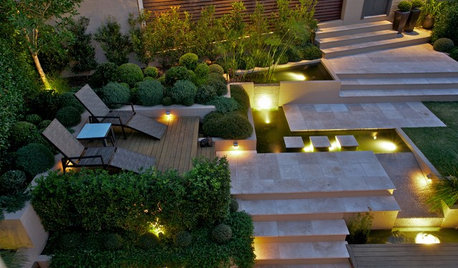
LANDSCAPE DESIGNGarden Levels Transform a Steep Slope in Australia
From unusable to incredible, this outdoor area now has tumbled travertine, water features and mod greenery
Full Story
BATHROOM DESIGNHow to Choose the Best Drain for Your Shower
Don't settle for a cheap fix when you can pick a shower drain that suits your style preferences and renovation codes alike
Full Story
PETS5 Finishes Pets and Kids Can’t Destroy — and 5 to Avoid
Save your sanity and your decorating budget by choosing materials and surfaces that can stand up to abuse
Full Story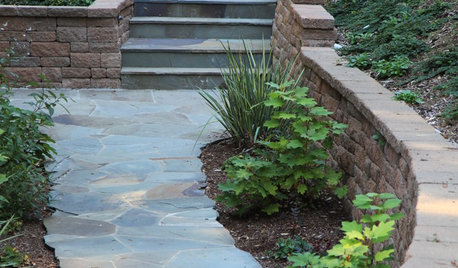
GARDENING AND LANDSCAPINGSteeply Beautiful Slope Retention
Don't let things slide or give in to sandbags and cement. These slope retention ideas will keep your landscape hitting the high notes
Full Story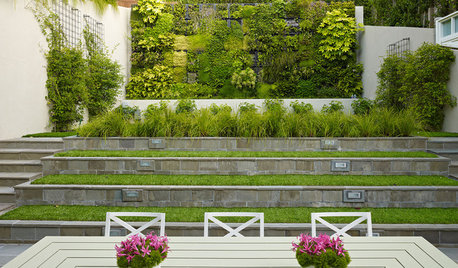
LANDSCAPE DESIGN11 Design Solutions for Sloping Backyards
Hit the garden slopes running with these bright ideas for terraces, zones, paths and more
Full Story
LANDSCAPE DESIGNHow to Design a Great Garden on a Sloped Lot
Get a designer's tips for turning a hillside yard into the beautiful garden you’ve been dreaming of
Full Story
GARDENING GUIDESYes, You Can Grow an Edible Garden on a Hot, Dry Site
Difficult garden spots don’t need to deter you from planting trees, herbs and other delicious food plants
Full Story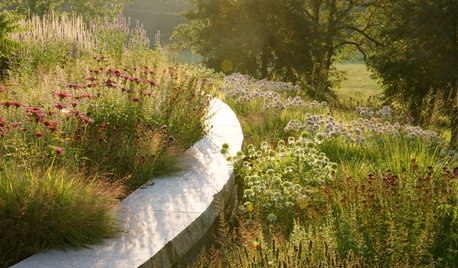
GARDENING GUIDES4 Ways Gardens Can Go Beyond Aesthetic Beauty
Our landscapes can play an even more meaningful role if we rethink their purpose
Full Story
GARDENING GUIDESGreat Design Plant: Sunrose Dazzles on Dry Slopes
Abundant blooms and attractive foliage make this plant a welcome sight in sunny, well-drained spots
Full Story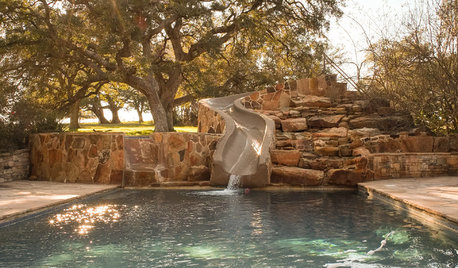
POOLSPool Slides: What's Possible, Who Can Build It and What It Will Cost
These slippery slopes will make a splash and offer an exhilarating ride that's the stuff of childhood dreams
Full Story





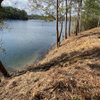




inkognito